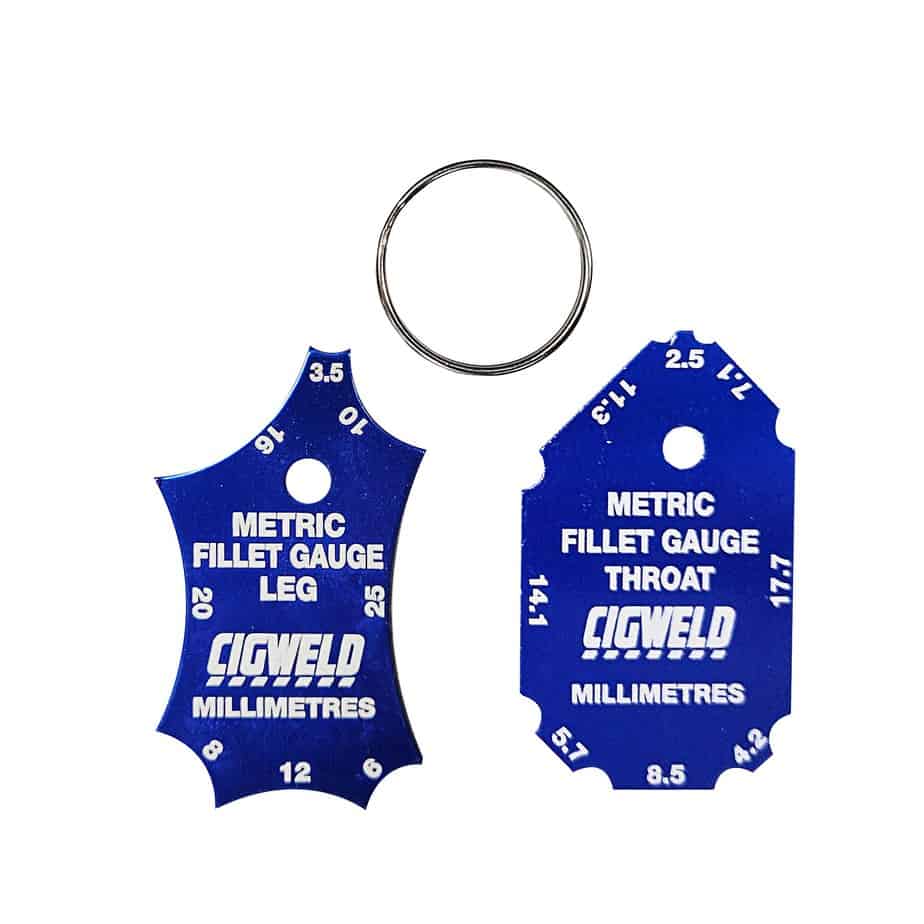Fillet Weld Layout Techniques: Optimizing Joint Efficiency and Appearance for Structural Stability
In the realm of structural design and fabrication, the significance of fillet weld layout approaches can not be overemphasized. These approaches play a critical duty in not just ensuring the efficiency and architectural stability of joints however also in enhancing the total visual appeals of the ended up product. By carefully thinking about factors such as weld profile optimization, material option, joint prep work techniques, welding process efficiency, and aesthetic improvement methods, makers and engineers can attain a harmonious equilibrium in between functionality and appearance in their welded frameworks. The blend of these components not only results in robust joints however likewise elevates the visual charm of the final item.
Weld Profile Optimization


Attaining an ideal weld account entails a precise factor to consider of elements such as product thickness, joint configuration, welding position, and desired welding rate. Additionally, the selection of proper welding criteria, such as voltage, current, and travel speed, is basic in controlling the form and measurements of the fillet weld. Utilizing advanced welding methods, such as pulse welding or robotic welding, can additionally fine-tune the weld profile to satisfy certain layout demands and quality criteria.
In significance, weld profile optimization is an essential facet of fillet weld layout that directly influences the overall performance and integrity of welded joints in architectural applications.
Material Option Factors To Consider
When taking into consideration material option for fillet weld design, the compatibility of the base steels is a vital factor affecting the structural integrity of the joint. It is vital to pick products that not just weld with each other successfully but additionally possess similar mechanical residential properties to guarantee the lots is evenly distributed between the base and the weld steels. Welding materials with significantly different buildings can cause issues such as stress focus, early joint failing, or cracking.
Additionally, the setting in which the bonded structure will certainly run should be taken right into account when selecting materials. Variables like deterioration resistance, temperature level fluctuations, and exposure to chemicals can all click this site impact the durability and performance of the weld joint. By picking products that appropriate for the intended application and setting, the overall sturdiness and dependability of the welded joint can be significantly enhanced.
Consequently, complete consideration of material compatibility and environmental factors is paramount in making sure the weld joint's strength, longevity, and overall structural stability.

Joint Prep Work Methods
Considering the vital role product selection plays in making sure the architectural integrity of fillet weld joints, it is vital to implement accurate joint prep work strategies that enhance the link between the base metals. Joint click over here now prep work is an essential action that straight influences the high quality and toughness of the weld. One basic strategy is the cleansing of base metals to get rid of any type of pollutants like rust, oil, or paint that could endanger the weld's stability. This can be attained through methods such as grinding, cord brushing, or chemical cleaning.
Additionally, tack welding the elements in location before the last weld helps preserve positioning and decreases distortion during the welding process. By meticulously following these joint preparation techniques, welders can enhance the total performance and appearances of fillet weld joints while ensuring architectural sturdiness.
Welding Process Effectiveness
Effective welding procedures are vital for attaining optimum efficiency and high quality in fillet weld manufacture. Processes like gas steel arc welding (GMAW) and flux-cored arc welding (FCAW) are generally used for fillet welds due to their flexibility and speed.
Additionally, guaranteeing appropriate tools arrangement and maintenance is critical for effective welding. Routine calibration of welding machines, inspection of consumables, and upkeep of welding torches can avoid downtime and revamp, inevitably saving time and resources. Additionally, employing experienced welders with expertise in the details welding procedure being used can substantially influence effectiveness. Trained welders are more skilled at adjusting criteria, troubleshooting issues, and preserving regular weld high quality.
Visual Enhancement Approaches
To enhance the high quality of fillet weld construction, executing aesthetic improvement techniques can play a vital function in making sure accuracy and precision throughout the welding procedure. Visual help such as weld dimension evaluates and multiplying lenses can aid in analyzing weld profiles and measurements accurately. By integrating these visual improvement approaches right into the welding procedure, welders can attain not only structurally sound fillet welds however likewise aesthetically attractive outcomes that fulfill industry requirements.

Conclusion
In verdict, optimizing fillet weld style entails cautious consideration of weld profile, product selection, joint preparation, welding process efficiency, and aesthetic enhancement methods. By carrying out these approaches, architectural integrity can be boosted while additionally achieving visual allure. It is very important to focus on both performance and appearances in fillet weld design to guarantee the overall top quality and resilience of the joint.
By thoroughly considering factors such as weld More hints account optimization, product choice, joint preparation methods, welding process performance, and visual improvement engineers, techniques and fabricators can attain an unified equilibrium in between capability and look in their welded frameworks.In the realm of fillet weld style, enhancing the weld profile plays a crucial function in guaranteeing structural stability and efficiency. The weld account, which includes the size and form of the weld cross-section, straight impacts the distribution of anxiety and load-bearing capability within the joint. It is important to pick materials that not only weld with each other successfully however likewise have similar mechanical homes to make sure the lots is equally distributed in between the base and the weld metals - Gauge Fillet Weld.In final thought, maximizing fillet weld layout includes careful consideration of weld profile, product option, joint preparation, welding procedure performance, and visual improvement techniques